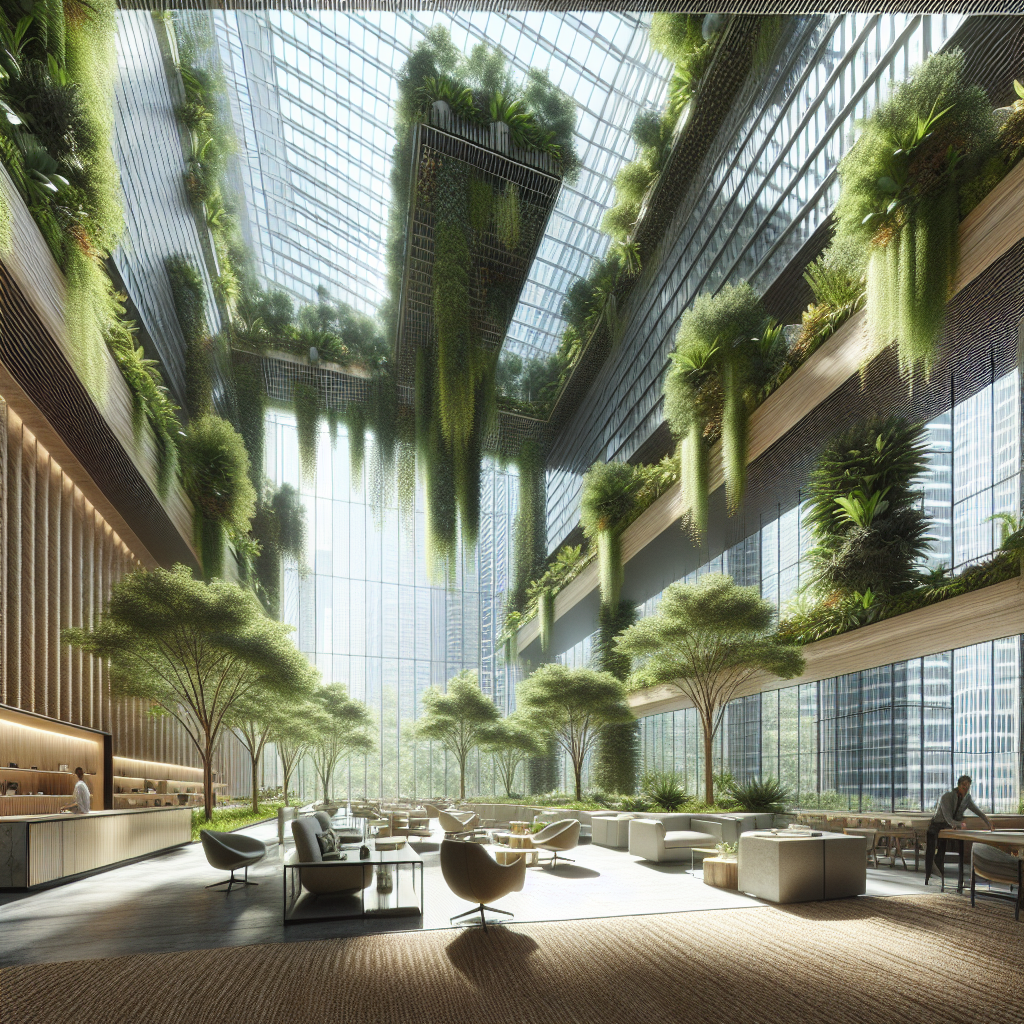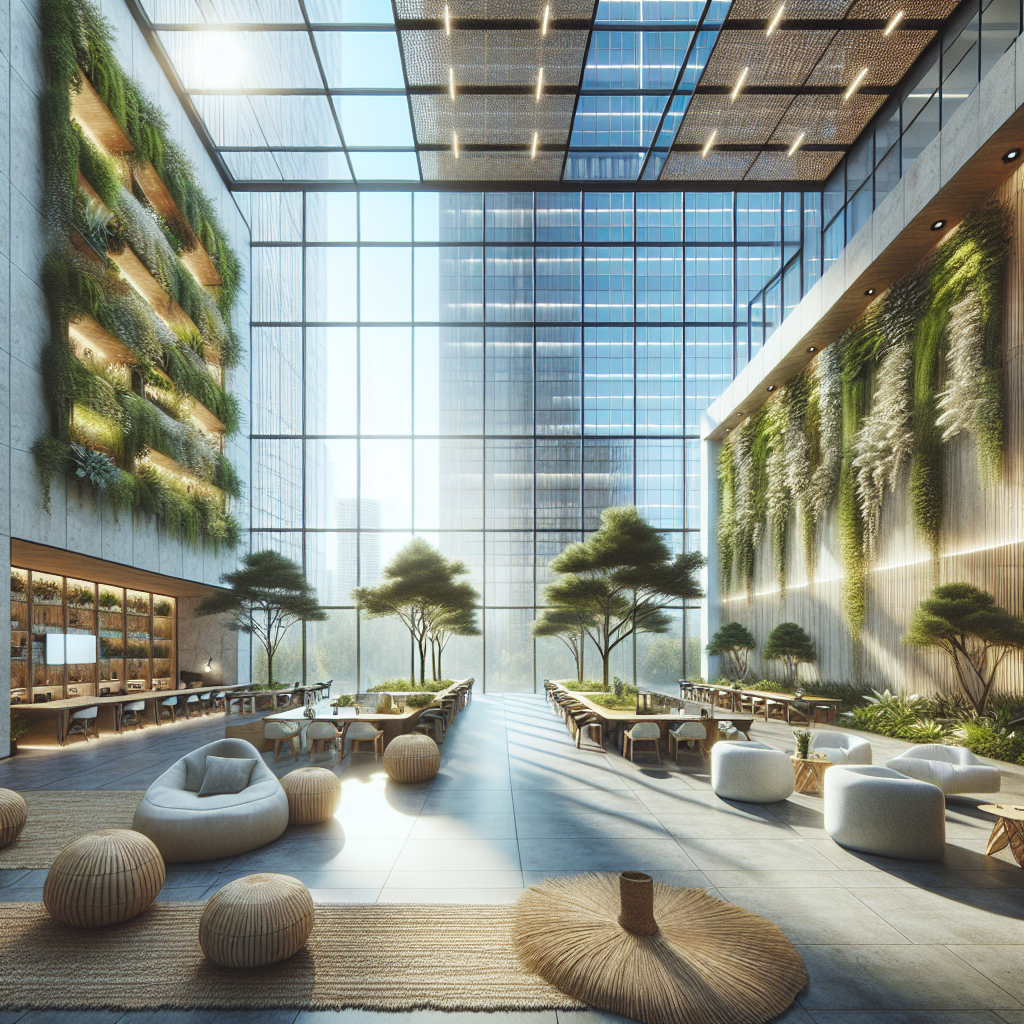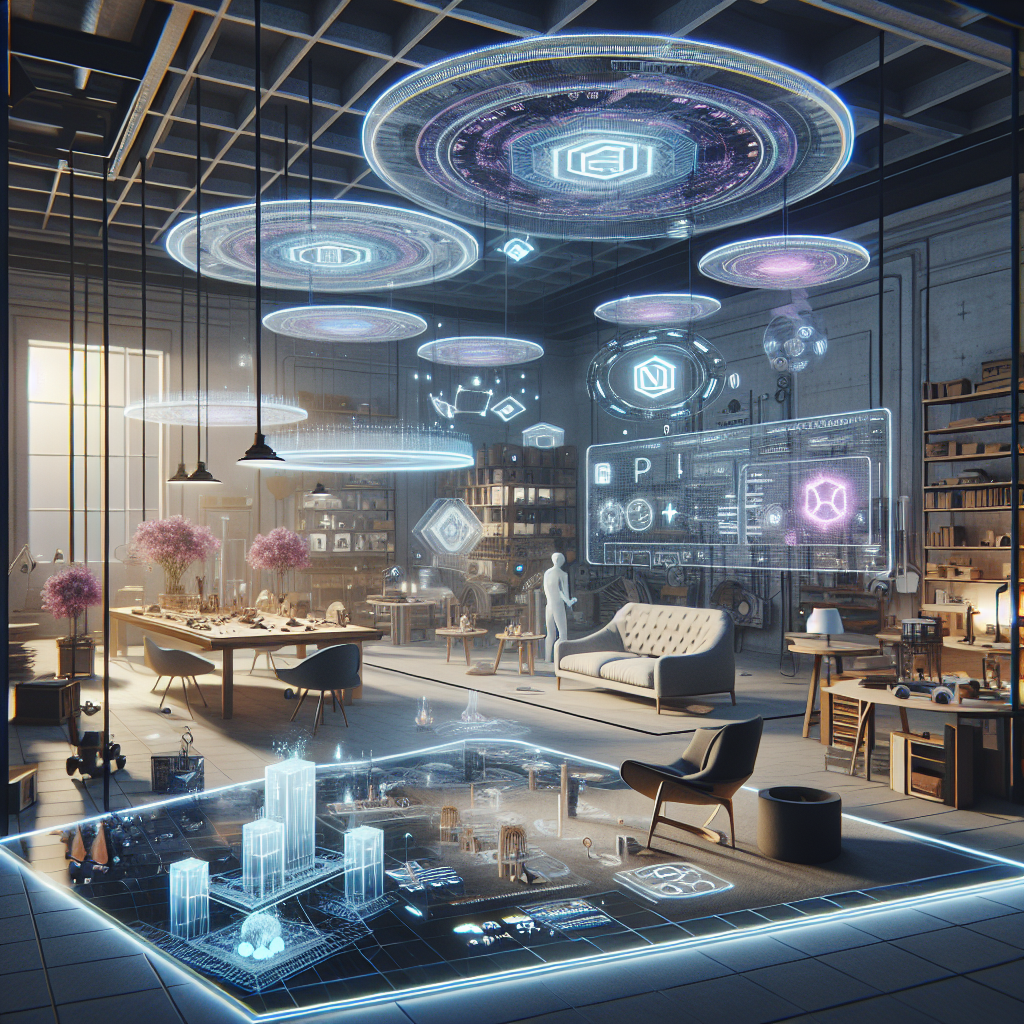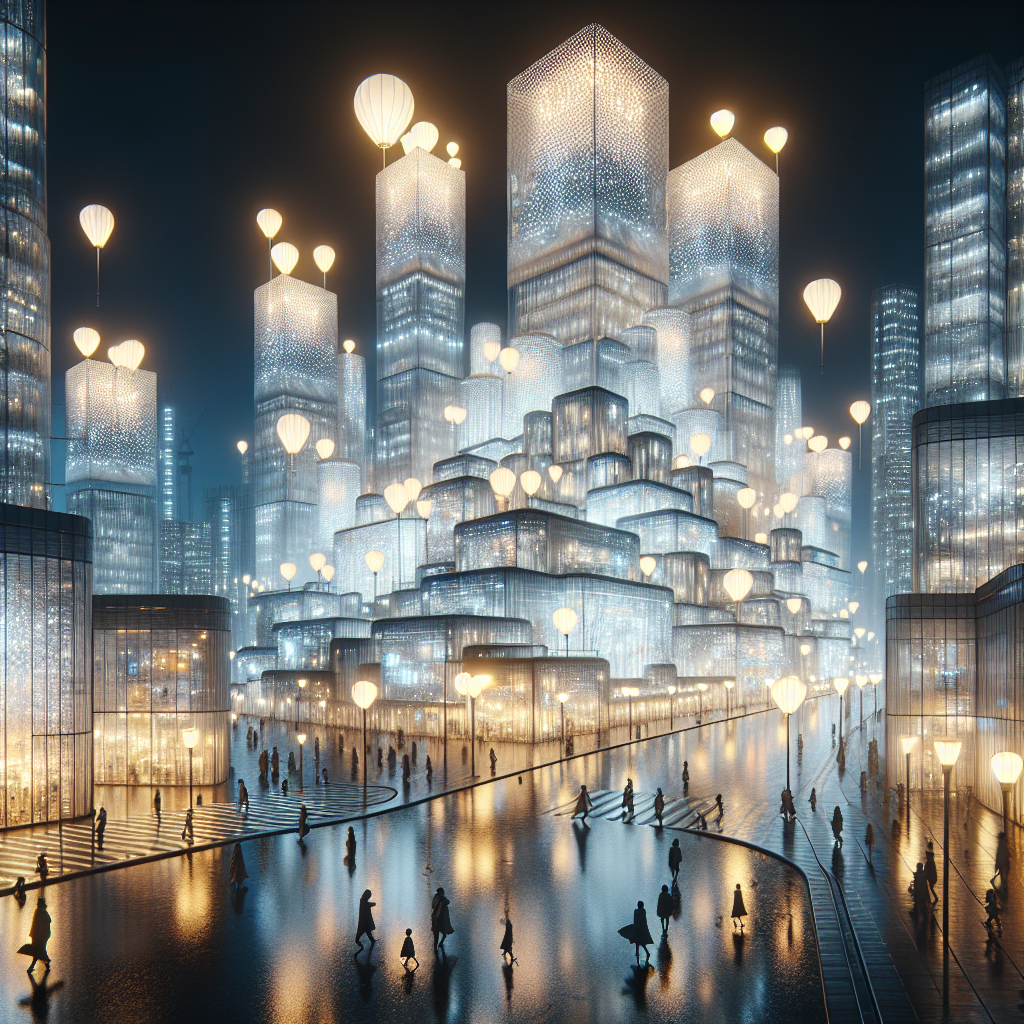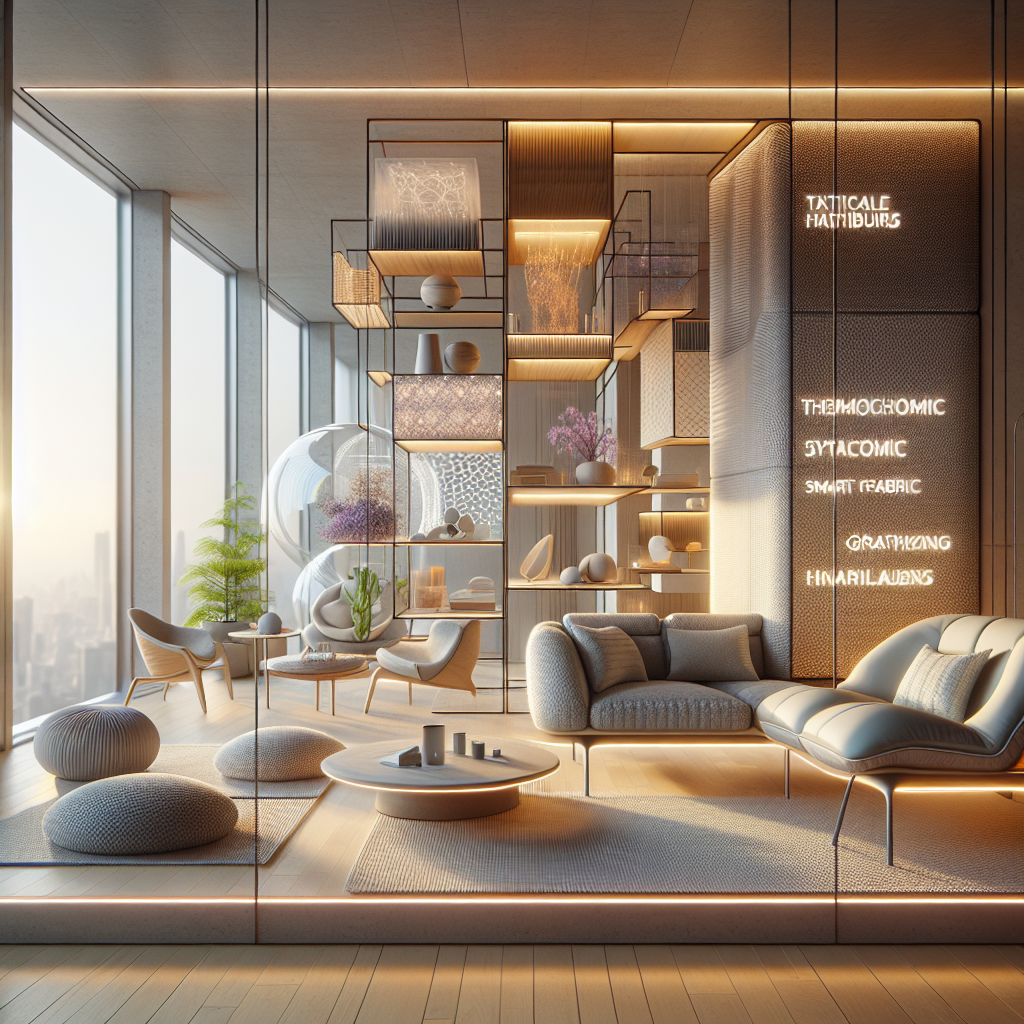Biophilic Design: Integrating Nature for Healthier Interiors
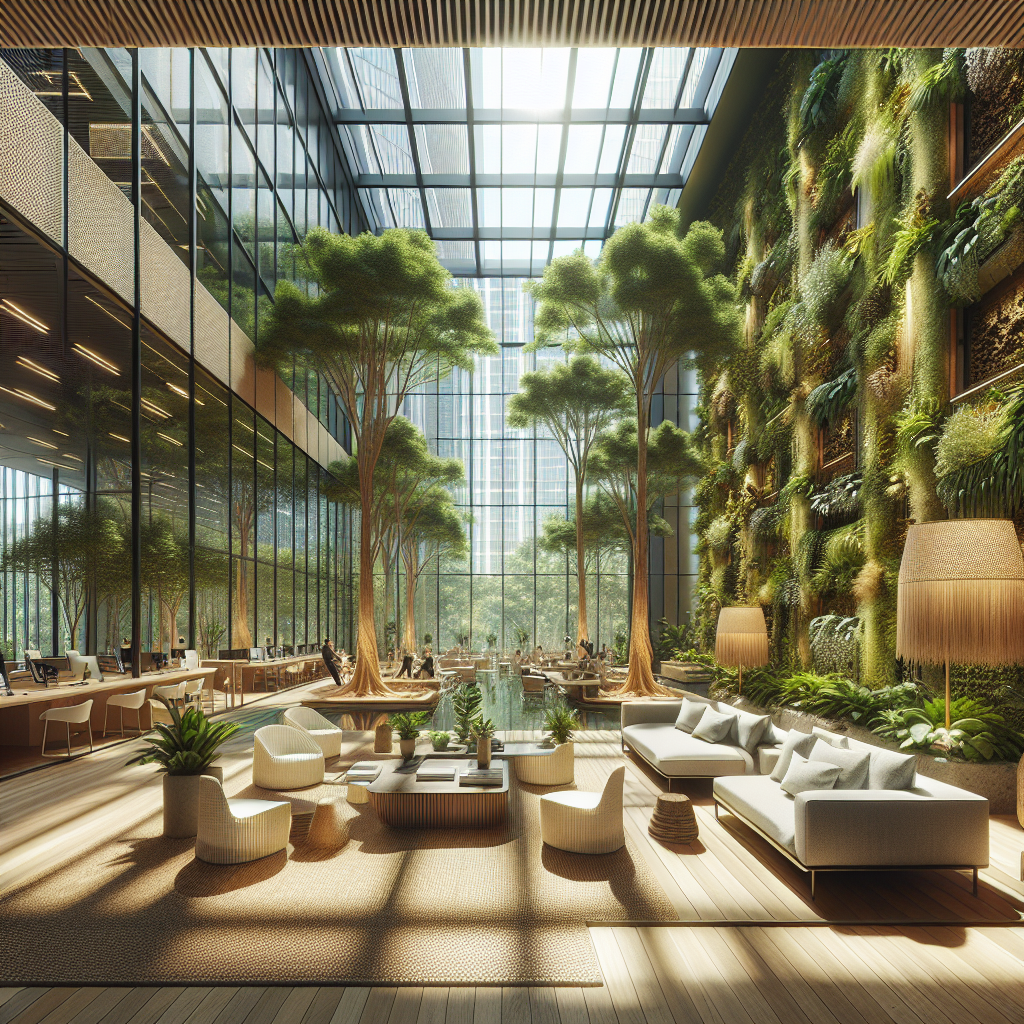
Biophilic Design: Integrating Nature for Healthier Interiors
In the bustling heart of modern urban landscapes, a quiet revolution is unfolding within the walls of contemporary interiors. Biophilic design, a concept rooted in humanity’s innate connection to nature, is reshaping how architects and designers approach interior spaces. As cities expand vertically and technology permeates every facet of our lives, the desire to reconnect with the natural world has become more profound than ever. From lush vertical gardens cascading down lobby walls to intricately designed skylights mimicking forest canopies, biophilic design is not merely a trend—it’s a transformative approach that enhances human health, well-being, and productivity.
The Essence of Biophilic Design
Coined by biologist Edward O. Wilson in his seminal 1984 book “Biophilia”, the term refers to the innate human affinity for nature. Biophilic design translates this concept into architectural practice, creating spaces that incorporate natural elements, materials, and forms. It goes beyond mere aesthetics, embedding nature-inspired patterns, textures, and structures into the built environment to evoke emotional resonance and physiological benefits.
A recent study by the World Health Organization underscores the urgency of integrating nature into urban living, highlighting that individuals spend approximately 90% of their time indoors. This statistic emphasizes the critical role interiors play in our overall health and underscores the potential of biophilic design to mitigate stress, enhance cognitive function, and improve mood.
Visual Harmony: Nature-Inspired Interiors
Imagine stepping into a lobby where walls adorned with vibrant moss panels breathe life into the space, subtly purifying the air while providing a striking visual centerpiece. Or picture an office illuminated by strategically placed clerestory windows, flooding the room with natural daylight and creating shifting patterns reminiscent of sunlight filtering through leaves. These design choices aren’t merely decorative; they foster a sense of calm, reduce anxiety, and stimulate creativity.
A compelling example is the Amazon Spheres in Seattle, a groundbreaking project that encapsulates biophilic principles. Here, three interconnected glass domes house over 40,000 plants from diverse ecosystems, creating an immersive environment that encourages employees to collaborate, innovate, and rejuvenate. The spheres’ interior features winding pathways, natural ventilation, and ambient sounds of trickling water, offering an authentic connection to nature amidst an urban setting.
Material Matters: Embracing Natural Elements
The selection of materials is pivotal in biophilic design. Organic textures such as reclaimed wood, stone, and raffia introduce tactile warmth and authenticity to interiors. As explored in our previous article on raffia as a sustainable trend, this natural fiber has seen a resurgence due to its versatility and eco-friendly properties. Incorporating such materials not only enhances visual appeal but also contributes to sustainability goals, aligning with the growing demand for environmentally responsible design.
Moreover, the rise of wooden skyscrapers exemplifies how natural materials can redefine urban architecture. Timber, a renewable resource, offers structural strength and aesthetic warmth, significantly reducing carbon footprints compared to traditional steel and concrete constructions. Buildings like Norway’s Mjøstårnet, currently the world’s tallest timber building, showcase how biophilic principles can merge sustainability with visual elegance.
Beyond Aesthetics: Health and Productivity Benefits
Biophilic design’s impact extends far beyond aesthetics. According to a comprehensive report by Terrapin Bright Green, integrating natural elements into interiors can lead to a 15% increase in employee productivity, a 6% rise in creativity, and significant reductions in absenteeism. Hospitals employing biophilic strategies have observed accelerated patient recovery rates, reduced stress levels, and improved overall patient satisfaction.
In our detailed exploration of biophilic design’s impact on human health, we highlighted how exposure to natural elements such as daylight, plants, and water features can significantly enhance psychological well-being. Spaces designed with biophilic principles foster a restorative environment, reducing cortisol levels and promoting relaxation.
Innovative Applications: Technology Meets Nature
While biophilic design emphasizes natural elements, technology plays a complementary role in enhancing its effectiveness. Smart home systems, as discussed in our previous article on smart home technology, enable dynamic control of lighting, temperature, and humidity, replicating natural circadian rhythms and optimizing indoor comfort. Additionally, innovations such as augmented reality (AR) and virtual reality (VR), explored in our feature on VR in architectural visualization, allow designers to experiment with biophilic concepts, providing immersive previews of spaces before physical implementation.
Another intriguing intersection is found in vertical farming, as detailed in our article on vertical farming’s role in sustainable agriculture. Integrating vertical gardens into interior spaces not only enhances aesthetics but also contributes to food security and air purification, exemplifying how biophilic design can address multiple urban challenges simultaneously.
Challenges and Future Directions
Despite its numerous benefits, biophilic design faces challenges, particularly in dense urban environments where space constraints and budget limitations can impede implementation. Architects and designers must creatively navigate these obstacles, employing modular and adaptive solutions that maximize impact within limited spaces.
Emerging trends indicate a growing emphasis on community-driven biophilic projects, such as rooftop gardens and urban micro-forests, fostering social interaction and ecological awareness. Initiatives like Singapore’s Gardens by the Bay demonstrate how biophilic principles can be scaled to city-wide interventions, transforming urban landscapes into thriving ecosystems.
Conclusion: A Holistic Approach to Interior Design
Biophilic design represents a profound shift in how we conceive interior spaces, moving beyond mere functionality to embrace holistic well-being. By thoughtfully integrating natural elements, materials, and forms, architects and designers can create environments that nurture human health, enhance productivity, and promote sustainability.
As urbanization accelerates and technology continues to shape our daily lives, the imperative to reconnect with nature becomes increasingly vital. Biophilic design offers a compelling pathway toward healthier, more resilient interiors, redefining the future of architecture and design.
For further insights into innovative architectural practices, explore our analysis of Paris 2024 Olympic Games’ architectural impact, showcasing how global events can catalyze sustainable urban transformations.
Ultimately, biophilic design is not merely a fleeting trend but a fundamental evolution in our relationship with the built environment—one that promises a healthier, more harmonious future.

